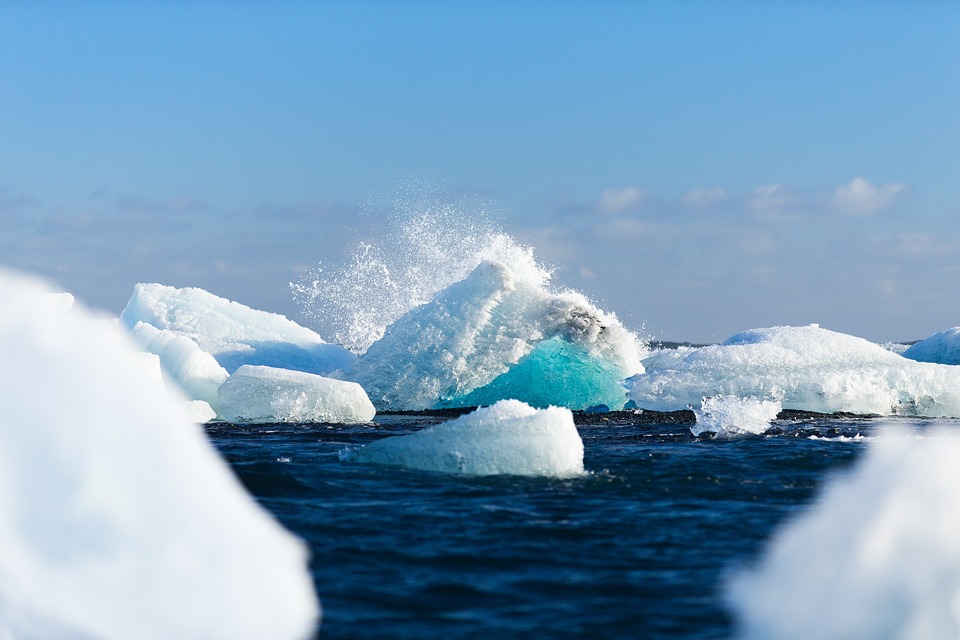At the time of writing, we are putting the final touches to Deep Blue Forum 2021. Built on the success of last year’s event, the second Deep Blue event will continue to explore Canada’s excellence in the submarine and underwater domain. The agenda for the two-day virtual conference will get into the latest trends, challenges, and how to overcome them, a focus on emerging technologies and capabilities.
Former and current military personnel will take the virtual stage to share what is needed to better support and enhance Canada’s underwater capability. Other experts will present unique and innovative technology solutions that can make underwater defence and security operations more effective, mobile, and independent.
As Canada looks to extend the operational relevance of Victoria-class submarines through to the mid-2030s with the Victoria-class Modernization program and the continued work of in-service support, the time to acquire new submarines is quickly approaching. The RCN is putting together a small team to study the requirements for a future submarine replacement project. While a definitive Major Crown Project has yet to be initiated, this team will be looking at ocean-going conventional submarines, with significant endurance and the ability to work in the Arctic. This includes maximizing Autonomous Underwater Vehicles (AUVs), as non-nuclear submarine technology is not envisioned to allow protracted under-ice operations.
With this current trend, Deep Blue Forum 2021 is designed around the theme of “Conventional Submarine Design and Technology: Today and 20 years in the Future”. The speakers will explore what is achievable today and what can be accomplished by 2040 for a Canadian submarine.
In the lead-up to Deep Blue, we have dedicated a significant portion of this edition to submarines. The leading article is an interview with Captain(N) Jean Stéphane Ouellet, Commander Canadian Submarine Force. Capt(N) Ouellet talks about the current state of the Victoria-class submarine fleet, submarine availability and capability, Submarine Force rejuvenation post-pandemic, working in the Arctic, what the post-VCM submarines will bring to the table, Autonomous Underwater Vehicles (AUVs), key capabilities of a future Canadian submarine and what size of fleet Canada should consider for its new submarines.
The other part of keeping the Victoria-class submarines in operation is the in-service support. Through the Victoria-class In-Service Support Contract (VISSC), Babcock Canada Inc. has been spearheading the sustainment work on these submarines. Recently, we had the opportunity to speak with Matthew Crawley, Vice President Corporate Development and Strategy, Babcock Canada. Matthew shared their experience with VISSC, some of the challenges faced and how they were resolved, notable upgrades, Team Victoria-Class and the benefits from the partnership, innovation and the impact on submarine sustainment.
Continuing the theme of underwater, Col Pierre Leblanc (Ret’d) writes about the need for underwater surveillance in the Arctic. But having a comprehensive underwater surveillance of the complete Arctic Archipelago would be too expensive, as such he recommends the monitoring of the access choke points. Since the waters of the Arctic Archipelago are relatively shallow and the combination of the thickness of the ice, the multitude of islands restricting maneuver, and limited bathymetry, make for a very dangerous area for submarines to venture into. If detected, a submarine would not be able to use speed or depth to escape. He points out that it would be more cost-effective to select a few of the deeper straits to install underwater surveillance equipment.
To close off this issue, meet our Game Changers: Eva Maria Gonzalez Esteban, Director, Spacecraft Infrastructure and Advanced Payloads at Inmarsat and Joe McBrearty, President & CEO of Canadian Nuclear Laboratories.
Thanks for taking the time to read this issue.
Stay safe.


